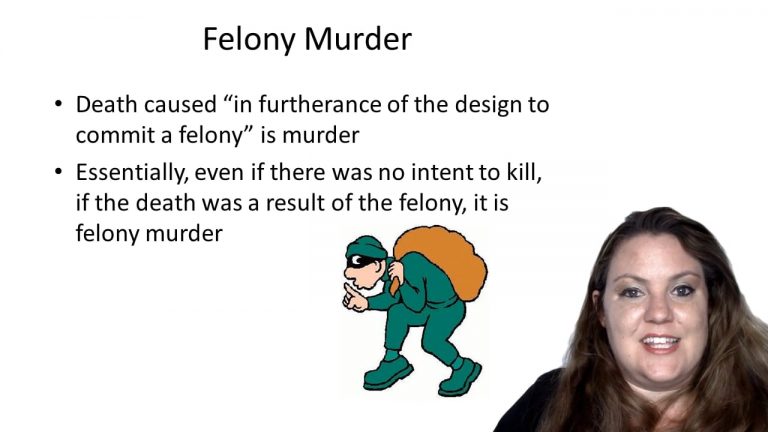SmartBrief
Confirm favorite deletion?
Criminal Law Keyed to Weaver
People v. Portillo
Citation:
107 Cal. App. 4th 834, 132 Cal. Rptr. 2d 435 (2003)Facts
Portillo was in the Navy and talked about ordering an escort, raping her, and killing her to “relieve stress,” and then put her in the Navy issued seabag. None of the personnel reported this, as they thoughtPortillo was joking. Portillo lived off base with his wife. He brought his wife to work and then called an escort service and requested a girl and offered to pay cash. Nancy, who used the name “Monica” was the girl who was sent. Portillo told the service the wrong apartment number, which is where Nancy went, the owner said she was in the wrong place and Nancy heard shuffling coming from Portillo’s apartment. Nancy always called the service before she would begin her services to confirm payment, which also let the escort service know that she was safe, Nancy never called. Portillo also did not pick up his wife from work, she got a ride from a friend and got a key from the apartment manager to get into her apartment. When she opened the door she found Nancy in two seabags with blood on the floor. The police searched and found in the bag torn underwear, her pants zipper broken, and her sweater pulled up with her bra pulled down. An autopsy showed that she sustained blunt force trauma to her head and strangulation signs. Police found a bloody hammer nearby. Testing revealed that Nancy’s blood on Portillo’s shorts, on the carpet, and on the hammer. Testing also revealed Portillo’s DNA underneath Nancy’s fingernails and his sperm around her vagina and anus.
During the jury instruction the judge stated that the jury needed to find that Portillo committed the killing within the course of rape or sodomy. The jury asked for the definition of “within the course of” and the judge stated it was until the crime was complete, and this was when the perpetrator reached a place of temporary safety.
Only StudyBuddy Pro offers the complete Case Brief Anatomy*
Access the most important case brief elements for optimal case understanding.
*Case Brief Anatomy includes: Brief Prologue, Complete Case Brief, Brief Epilogue
- The Brief Prologue provides necessary case brief introductory information and includes:
Topic:
Identifies the topic of law and where this case fits within your course outline.Parties:
Identifies the cast of characters involved in the case.Procedural Posture & History:
Shares the case history with how lower courts have ruled on the matter.Case Key Terms, Acts, Doctrines, etc.:
A case specific Legal Term Dictionary.Case Doctrines, Acts, Statutes, Amendments and Treatises:
Identifies and Defines Legal Authority used in this case.
- The Case Brief is the complete case summarized and authored in the traditional Law School I.R.A.C. format. The Pro case brief includes:
Brief Facts:
A Synopsis of the Facts of the case.Rule of Law:
Identifies the Legal Principle the Court used in deciding the case.Facts:
What are the factual circumstances that gave rise to the civil or criminal case? What is the relationship of the Parties that are involved in the case.Issue(s):
Lists the Questions of Law that are raised by the Facts of the case.Holding:
Shares the Court's answer to the legal questions raised in the issue.Concurring / Dissenting Opinions:
Includes valuable concurring or dissenting opinions and their key points.Reasoning and Analysis:
Identifies the chain of argument(s) which led the judges to rule as they did.
- The Brief Prologue closes the case brief with important forward-looking discussion and includes:
Policy:
Identifies the Policy if any that has been established by the case.Court Direction:
Shares where the Court went from here for this case.
Topic Resources
Topic Videos
 5m 13s
5m 13s 3m 19s
3m 19sTopic Refresher Course
